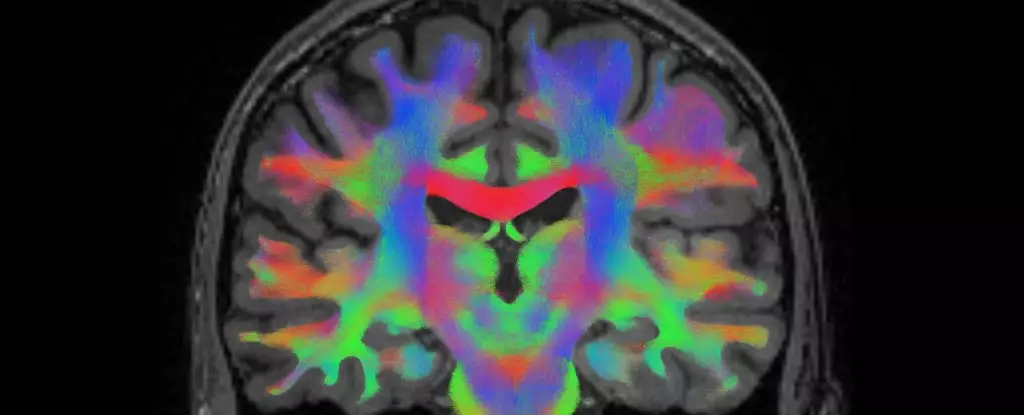The placebo effect has long been a topic of intrigue for scientists as it offers the possibility of pain relief without the use of drugs or surgery. This phenomenon relies heavily on the expectations of individuals that their pain will diminish, despite the absence of any actual medical intervention. Recently, a team of researchers led by an anesthesiologist at the University of North Carolina (UNC) Chapel Hill, conducted an experiment on mice to delve deeper into the neural circuits in the brain that are responsible for the placebo effect.
Unveiling the Brain’s Involvement
The study revealed that a part of the brainstem, previously not known to be associated with pain processing, was found to play a crucial role in the placebo effect. This discovery sheds light on the intricate neural pathways that contribute to pain relief through the placebo response. Scientists have spent years trying to uncover the biological mechanisms behind the placebo effect, a task made challenging by the psychological factors and individual experiences that influence one’s response to placebos.
Research has shown that certain brain features, such as differences in connectivity between specific brain regions, may make individuals more susceptible to the placebo effect. These regional changes can be identified through brain imaging and may aid in predicting placebo responses in clinical trials. However, the complex nature of the placebo effect presents challenges in evaluating the efficacy of new medications for pain relief. Placebo treatments, despite being based on deception, have demonstrated the ability to reduce discomfort and alleviate pain in patients, even when they are aware of the placebo nature of the intervention.
The study on mice revealed that animals conditioned to expect pain relief exhibited behaviors indicating increased tolerance to pain, even in the absence of actual pain relief. By monitoring neural activity in the rostral anterior cingulate cortex (rACC), researchers identified networks connecting this region to the pontine nuclei in the brainstem, which became active during the placebo effect. Disrupting this pathway in the mice resulted in decreased pain tolerance, while artificially activating these circuits induced a placebo effect in non-conditioned animals.
Further investigation into the role of opioid receptors in the pontine nuclei highlighted a potential new target for pain management. The abundance of opioid receptors in this brain region suggests its involvement in pain tolerance and opens up possibilities for developing treatments that target this specific pathway. While the findings from animal experiments provide valuable insights, translating these results to humans, with their complex pain experiences, will be a crucial next step in understanding the placebo effect and its implications for pain relief.
The placebo effect represents a fascinating interplay between expectations, neural circuits, and pain relief, offering a glimpse into the complexity of the human brain. By unraveling the mechanisms underlying the placebo response, researchers aim to enhance pain management strategies and improve clinical trial outcomes. The discovery of the brainstem’s involvement in the placebo effect highlights the potential for novel therapeutic approaches that target specific neural pathways to alleviate pain. As the field of neuroscience continues to explore the intricacies of the placebo effect, the future of pain relief may be shaped by a deeper understanding of the mind-body connection.



Leave a Reply